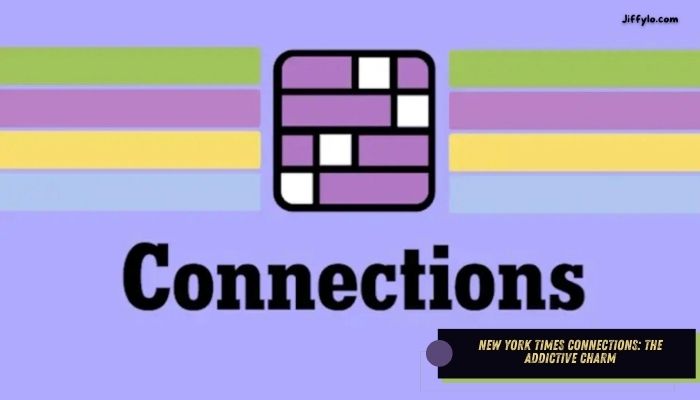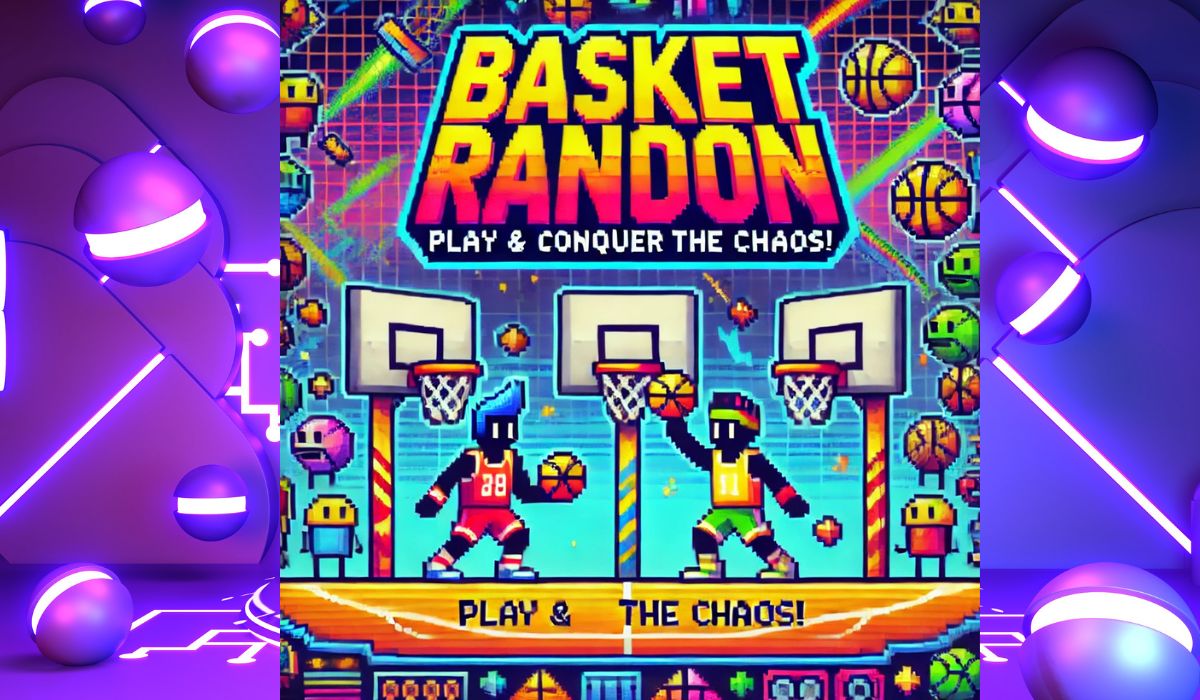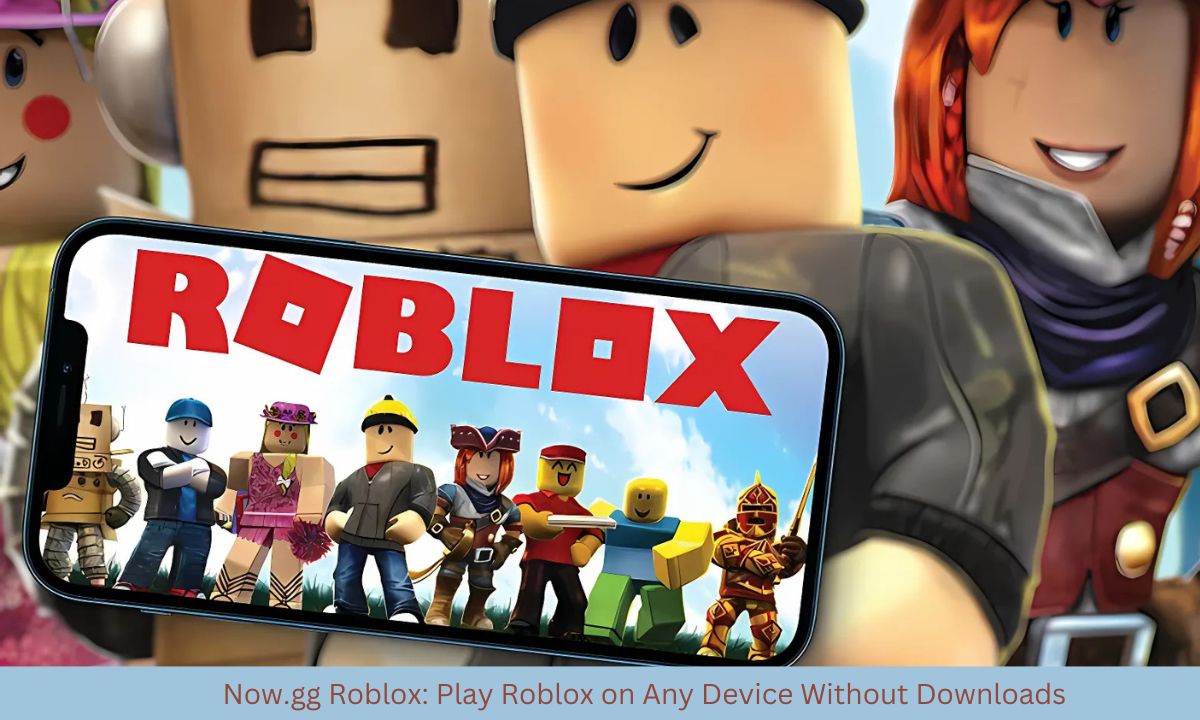
The New York Times Connections game has quickly climbed the ranks of online puzzles, captivating players with its engaging challenges and creative use of word associations. While The New York Times is globally renowned for its journalism, it has also made a significant mark in the world of interactive games, from crosswords to Wordle. The Connections game is the latest addition to this impressive portfolio, offering a fresh, stimulating way for players to exercise their brains.
Unlike traditional word games, the New York Times Connections game requires players to find relationships between different words, grouping them into sets based on shared characteristics. This seemingly simple premise hides a layer of complexity that keeps players coming back for more.
What is the New York Times Connections Game?
At its core, the New York Times Connections game is a word association puzzle that challenges players to categorize words into groups based on hidden connections. You start with a grid of 16 words, and your goal is to identify four distinct groups of four words that share a common theme or characteristic. Some connections are obvious, but others are subtle and require deeper thinking to discover.
For example, one set of words might be grouped together because they are all types of fruits, while another set might represent famous cities. The key to success lies in thinking outside the box and considering all possible meanings of each word.
How to Play the New York Times Connections Game
If you’re new to the New York Times Connections game, here’s a quick guide to get you started:
- Examine the Grid: You’ll be presented with 16 words arranged in a 4×4 grid.
- Find Common Themes: Your job is to find four groups of four words that share a specific connection.
- Group the Words: Once you identify a potential group, select the four words and submit your guess.
- Check Your Progress: If you’re correct, the group will be removed from the grid. If not, keep thinking and try again.
- Solve the Puzzle: The goal is to identify all four groups before the puzzle ends.
Each day brings a new challenge, ensuring that the game remains fresh and exciting.
Read Also: Geekzilla Radio – Intersection of Culture and Tech Trends
The Appeal of Puzzle Games in the Digital Age
Puzzle games have surged in popularity, especially in the digital age where convenience and accessibility are key. The New York Times has capitalized on this trend by offering a suite of games that are both fun and mentally stimulating. Games like New York Times Connections cater to a growing audience of individuals looking to engage their minds in new ways, offering a quick yet satisfying break from everyday tasks.
The game’s simple format and daily updates make it an appealing choice for players of all ages, from casual gamers to puzzle enthusiasts.
What Makes the New York Times Connections Game Unique?

One of the key factors that set the New York Times Connections game apart from other word games is its emphasis on lateral thinking. Instead of focusing purely on definitions or synonyms, the game encourages players to think about the broader associations between words. This opens up a wealth of possibilities, as players must consider both obvious and hidden meanings when grouping words together.
For example, a group might consist of words that are homophones (words that sound alike), or they could represent items you’d find in a specific location, like a kitchen or library. The game constantly pushes you to think beyond the surface, making each puzzle an intellectual adventure.
Why the New York Times Connections Game Appeals to All Ages
Part of the game’s widespread appeal lies in its accessibility. The New York Times Connections game is available on multiple platforms, making it easy for anyone with an internet connection to play. Moreover, the game’s difficulty scales well, offering a gentle learning curve for beginners while still presenting enough challenge to keep seasoned players engaged.
It’s a game that both young players and older generations can enjoy, fostering a sense of cross-generational fun.
Read Also: SDMS.PX.INDIANOIL.IN/Partner Portal Login – A Complete Guide
The Addictive Nature of the New York Times Connections Game
Like many well-designed puzzles, the New York Times Connections game has an addictive quality. Each correct guess gives players a dopamine rush, reinforcing the desire to continue solving puzzles. The daily updates ensure that players return regularly, making it a fun part of many people’s daily routines.
Whether it’s the satisfaction of cracking a particularly tough puzzle or the friendly competition among peers, the game taps into our natural desire for problem-solving.
The Social Aspect: How Players Share Their Progress
A significant factor contributing to the game’s popularity is its social aspect. Players often share their progress, tips, and even frustrations on social media platforms like Twitter and Reddit. This creates a community of puzzle lovers who help each other improve while celebrating their successes.
Being part of a larger community adds another layer of enjoyment to the New York Times Connections game, as it turns a solo activity into a shared experience.
The Educational Benefits of the New York Times Connections Game

Playing the New York Times Connections game regularly can also lead to notable educational benefits. Since the game revolves around word associations, it naturally improves vocabulary and cognitive flexibility. Players are exposed to new words and concepts, often expanding their knowledge in subtle yet impactful ways.
The game encourages analytical thinking, creativity, and problem-solving, making it an excellent mental workout.
Read Also: Nice1010.fun – Top Trending Games You Can’t Miss
Tips and Strategies for Mastering the New York Times Connections Game
Here are some tips to help you improve your New York Times Connections game:
- Look for Obvious Connections First: Start by grouping words that have clear connections, like colors or animals.
- Think Outside the Box: Don’t just focus on literal meanings—consider homophones, categories, or even cultural references.
- Process of Elimination: If you’re stuck, start eliminating words that clearly don’t belong together. This narrows down your options.
- Take Your Time: Sometimes stepping away from the puzzle and coming back later can help you see connections you missed.
The Role of The New York Times in the World of Puzzles
The New York Times Connections game is just one part of the newspaper’s impressive puzzle lineup. The New York Times has long been a leader in the puzzle world, starting with its iconic crosswords and expanding into other innovative games like Wordle and Spelling Bee. The addition of Connections showcases the company’s commitment to keeping its puzzles fresh and engaging.
Competing Puzzle Games: How Does New York Times Connections Stack Up?
In a world filled with word games and puzzles, how does New York Times Connections compare? While other games may focus on definitions or letter combinations, Connections stands out for its emphasis on broader word associations. This makes the game feel fresh and different from more traditional puzzles, keeping players on their toes.
How the New York Times Connections Game Fits into a Broader Subscription
While the game is free to play daily, subscribers to The New York Times have access to additional puzzles and features. This added value makes it worth considering a subscription for those who enjoy a daily mental workout.
Potential Future Updates for the New York Times Connections Game

Looking ahead, it’s likely that The New York Times will continue to innovate with the Connections game. We might see new difficulty levels, thematic puzzles, or even multiplayer options in the future. As the game grows in popularity, updates will be essential to keeping the experience fresh for longtime players.
Read Also: PDFRani.com – Make Money and More
Conclusion
The New York Times Connections game has become a standout puzzle for a reason. Its unique approach to word associations, coupled with its accessibility and daily updates, makes it an enjoyable and intellectually stimulating game for players of all ages. Whether you’re a casual gamer or a seasoned puzzle fan, this game is worth adding to your daily routine.
FAQs
What is the New York Times Connections game?
The New York Times Connections game is a word association puzzle where players must group words based on common themes or characteristics.
Is the New York Times Connections game free to play?
Yes, the game is free to play daily, but subscribing to The New York Times offers access to more puzzles and features.
What are some strategies for solving the Connections puzzle?
Focus on finding obvious connections first, think beyond literal meanings, and use the process of elimination to narrow down your options.
How often are new puzzles released?
New puzzles are available daily, giving players a fresh challenge every day.
Can I play the New York Times Connections game on my phone?
Yes, the game is available on both desktop and mobile platforms, making it easy to play anywhere.








